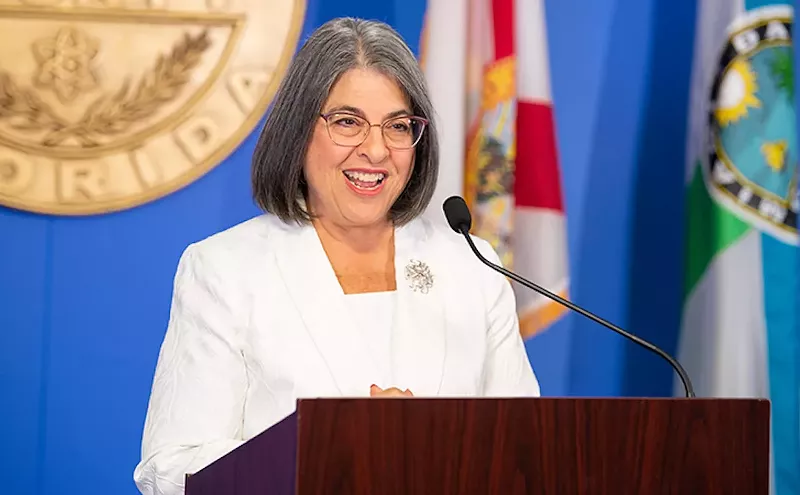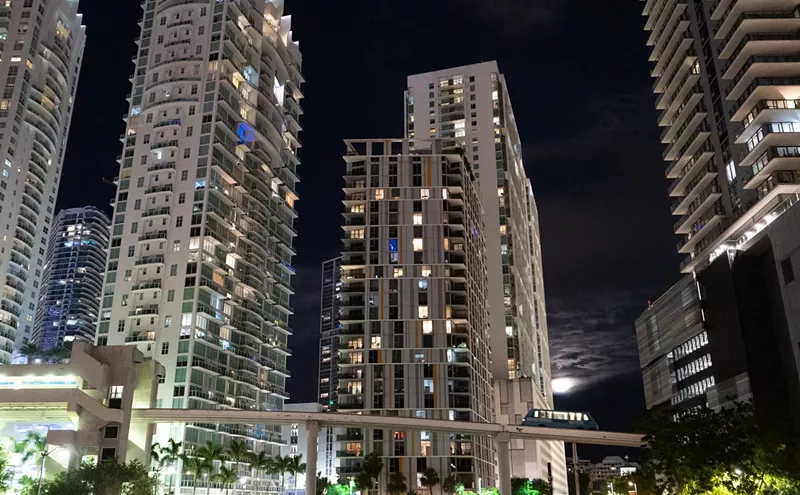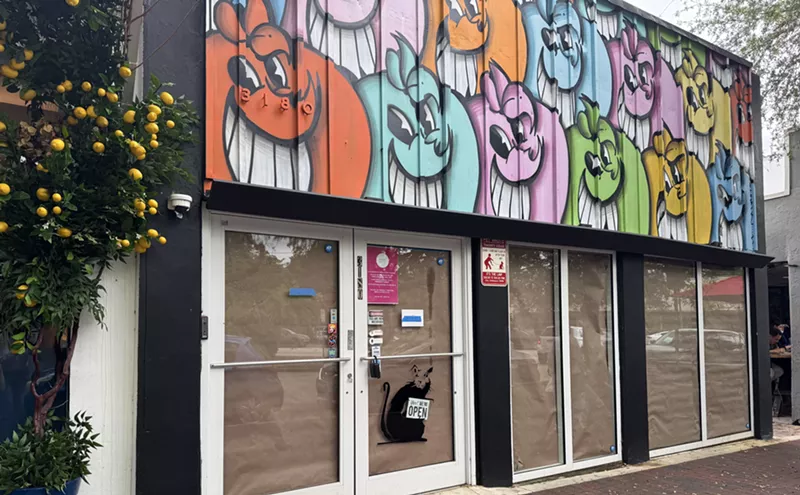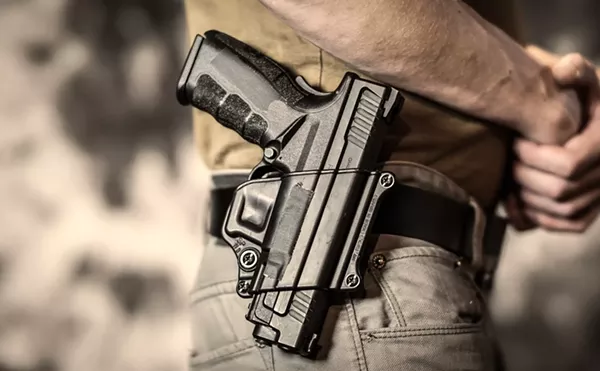Miami, 2005: South Beach's Art Deco District, now internationally renowned, has been added to the National Register of Historic Places. Coconut Grove's identity crisis has been resolved: It's a place for conspicuous consumption. The Miami News is long gone, yet the Herald, despite its monopoly, has floundered. The Miami Heat has abandoned the arena, and billionaire team owner Micky Arison never did build that community center. The Cuban Museum sputtered to a close, as did Firehouse Four and the Strand. Miami's live-music scene simply disappeared, Woody's along with it. Joe Gersten has become a fugitive. After falling into disrepair once again, Watson Island's lovely Japanese Garden has been subsumed by Parrot Jungle. Purvis Young has finally found the recognition he always deserved. The Design District, Upper Eastside, and South Pointe neighborhoods have come roaring back to life. As for my charming bayfront apartment, it's been torn down to make way for a towering condo building where $420 per month might get you an extra parking space -- if you're lucky.
You get the idea. We've witnessed dramatic, dizzying change over the past eighteen years. But that shouldn't be surprising. Miami, long on illusion and short on memory, is still young enough that change is the only constant. People who thrive in this environment are special: They see opportunities where others see obstacles, they embrace the new and unfamiliar. A hybrid culture is germinating in this petri dish of a metropolis, and chronicling it in the pages of this paper has been exhilarating.
Given the milieu, it's no surprise that, since its debut in December 1987, New Times itself has mirrored Miami's extraordinary transformation -- never static, always evolving. Now it's my turn to foster that process in a personal way: After nearly eighteen years and more than 900 issues, I am stepping down from my post as editor.
So this is the farewell column I promised myself I wouldn't write. Public goodbyes too often end up being maudlin exercises in self-indulgence. But in the course of excavating years of accumulated paperwork, I realized the importance of acknowledging the people who have played a significant role in the editorial success of this enterprise.
A paper like New Times, with a small staff, closely reflects the personalities who produce it -- much more so than large, and largely anonymous, daily newspapers. It has been an honor to work with dozens of superbly talented writers, editors, art directors, photographers, and administrators who have added their distinctive touch to New Times. As a group, they would be the envy of any editor anywhere.
Among those who've left a memorable mark are Elise Ackerman, Steve Almond, Todd Anthony, Dorothy Atcheson, Tom Austin, Greg Baker, Jacob Bernstein, Larry Boytano, Dale Brubaker, Judy Cantor, Gina Cardenas, Christina Cheakalos, Mike Clary, Marlaina Cockroft, Pete Collins, Lissette Corsa, Victor Cruz, Jim DeFede, Celeste Fraser Delgado, the late Robin Dougherty, Steven Dudley, Susan Eastman, Ashley Fantz, Tom Finkel, John Floyd, Mary Davis Fournier, Kathy Glasgow, Gaspar Gonzalez, Pamela Gordon, Lois Gramley, Ben Greenman, Humberto Guida, Samantha Harter, Nelly Hernandez, Steve Hlavac, Jen Karetnick, Jim Kelly, Nicola Kemmerer, Rebecca Kennedy, Ted B. Kissell, Nina Korman, Tristram Korten, Mark Kurlansky, Bill Labbee, John Lantigua, Art Levine, Mia Leonin, Catie Lott, Liz Martinez, Bob McPhail, Michele Morcey, Roberta Morgan, Jefferson Morley, Oscar Musibay, Rafael Navarro, David Nickell, Kirk Nielsen, Jennifer Osorio, Paula Park, Robert Andrew Powell, Mosi Reeves, Eva Rodriguez, Juan Carlos Rodriguez, Sean Rowe, Steve Satterwhite, Dean Sebring, Kirk Semple, Robin Shear, Jane Shumate, Mary Stapp, Brian Stauffer, Christine Tague, David Tipmore, Anne Tschida, Jason Vest, David Villano, Rebecca Wakefield, Tom Walsh, Tom White, Stan Yarbro, and Michael Yockel.
Journalistic talent, of course, must be applied to subject matter, and Miami has never lacked for fascinating subjects. Naming all the characters who've kept us entertained would result in a very long list, but I can't end this without gratefully acknowledging some of the stars: Alex Daoud, Abel Holtz, David Paul, Miller Dawkins, Cesar Odio, Howard Gary, James Burke, Bruce Kaplan, Carmen Lunetta, Alberto Gutman, Humberto Hernandez, Donald Warshaw, Miriam Alonso, Pedro Reboredo, Demetrio Perez Jr., and Art Teele.
Teele's July 27 suicide cast a shadow over a moment in my professional career that otherwise would have been bright, a moment I'd been contemplating for more than a year. Still, I remain confident in my decision to publish the State Attorney's criminal investigation of Teele, and though it's unfortunate that many readers were upset by our report, I'm accustomed to such criticism. Being the editor of a newspaper, after all, is not a popularity contest -- or at least it shouldn't be. I'd be dishonest, however, if I didn't allow that Teele's death affected me. In unexpected ways, it affirmed my belief that this was the right time for a change.
And so the evolution continues. New Times's current editorial staff, now under the able direction of Chuck Strouse, is as fresh and talented as ever. And Miami seems determined to reinvent itself every five years or so. It's a great town, and it's been a great ride.












